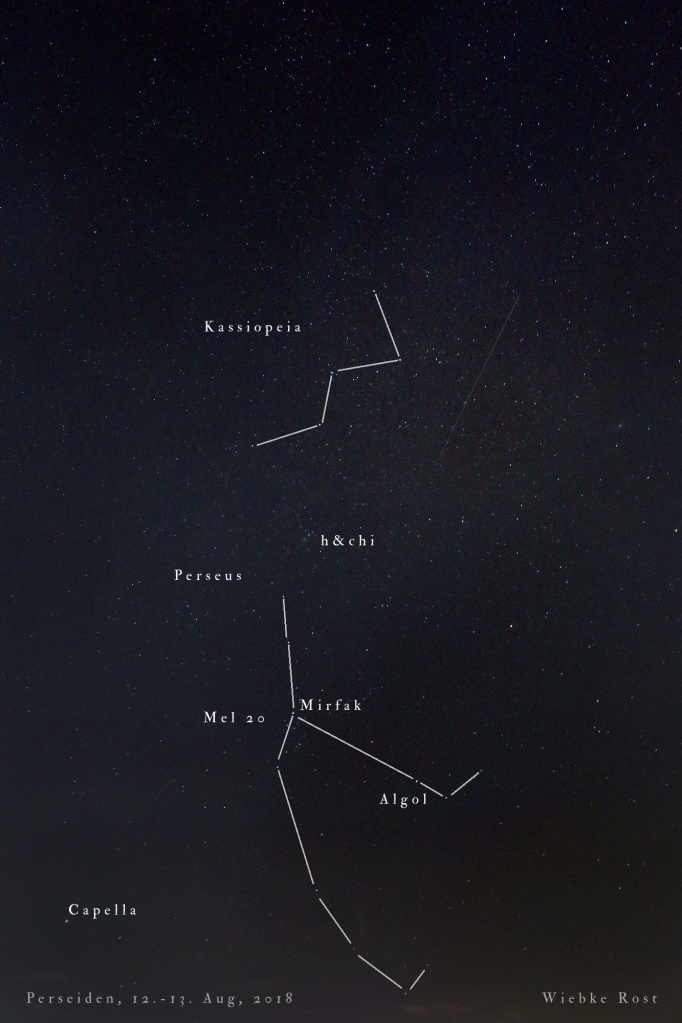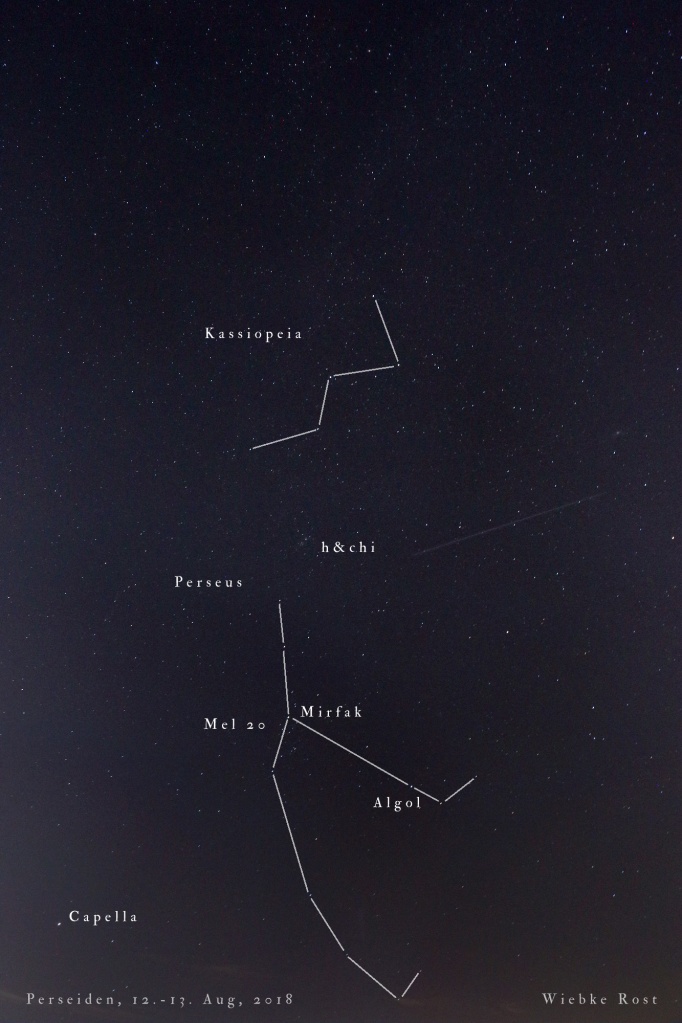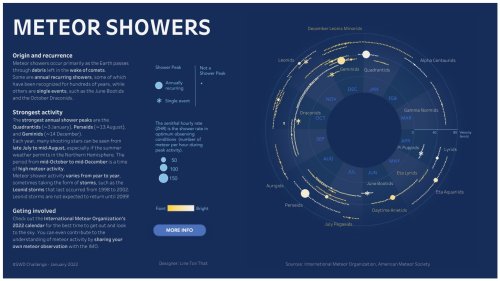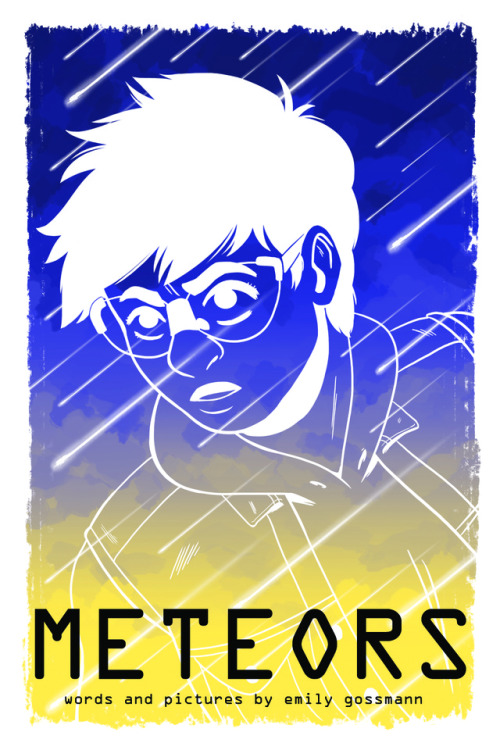#meteors
Perseids Meteor Shower: A September Surprise (Sept. 11, 2008) by NASA’s Marshall Space Flight Center An unexpected flock of fireballs burst over the eastern United States early Sept. 9, but sharp-eyed Marshall Center astronomers were on the case. Lasting almost four hours, the
shower contained about 25 meteors that were as bright as Jupiter and Venus in the morning sky. Early analysis suggests that NASA’s photos are the first-ever observed outburst of the September Perseids, which result from an unknown comet.
Image credit: NASA/MSFC/Bill Cooke
Read more:
www.nasa.gov/topics/solarsystem/08-113.html
View more images in our Meteor Shower set:
www.flickr.com/photos/28634332@N05/sets/72157607380035209/https://flic.kr/p/5kRpM9
Post link
orionids meteor shower
The Perseids are a prolific meteor shower associated with the comet Swift–Tuttle. The meteors are called the Perseids because the point from which they appear to hail (called the radiant) lies in the constellation Perseus. The name is derived from the word Perseidai (Greek : Περσείδαι), the sons of Perseus in Greek mythology.
What we see as “shooting stars” is actually a cloud of debris – tiny pieces ejected by the comet Swift-Tuttle, as it travels along its 133 year orbit around the sun. These particles burn up in the earth’s atmosphere at around 80 km height. They are visible every year from July to August and reach maximum activity between August 9-14, depending on the location of the stream. During the peak, the rate of meteors reaches 60 or more per hour.
They can be seen all across the sky; however, because of the shower’s radiant in the constellation of Perseus, the Perseids are primarily visible in the Northern Hemisphere. [from Wikipedia]
Shown above are photos from my first attempt at capturing the “Perseids”. They occurred in pretty much all directions and I saw some brilliant trains high in the sky as well as fireballs just short above the horizon line. But it was difficult to photograph them.
I set up the camera towards the North East and the constellation Perseus, with the widest angle available (f 18 mm) and 30 seconds exposure time. And then I spent the following 2 hours pressing the shutter every 30 seconds…
The camera did capture a few Perseids as well as plenty of planes. The difference is that a plane shows a twofold and non-continuous light trace (because the plane lights blink periodically) whereas the train of a meteor shows as a thin, continuous bright line on the photo.
Later that night Auriga rose in the North and the Pleiades became visible in the North East. The camera caught a small train directly above the Pleiades.
Around 2 am the sky started to cloud and my photo session ended.
In the photos I marked some of the constellations and stars for orientation. I hope you enjoy this little excursion. I recommend to check this website for further reading: https://sternenhimmel-fotografieren.de/sternbild-perseus-perseiden-h-und-chi-herz-und-seele-herznebel-sternschnuppen-finden-beobachten-fotografieren/
Meteor showers.
Interactive dataviz: https://public.tableau.com/app/profile/line.ton.that/viz/MeteoShowersRev1/Recap
Post link
Astrophotographer, in Idaho, captures falling meteor fireball.
i beg your FUCKING pardon
Debuting at VanCAF 2017: Meteors
ByEmily Gossmann
On a earth laid to waste by interstellar warfare, hotheaded Kip and her pragmatic wife, Lynn, survive as best as they can. While scavenging one night Kip discovers a map to a Habidome, a shelter that promises them a life more than constant struggle. Far from a miracle, the road to the Habidome will be long and difficult. The trip will be a gamble, but the allure of reclaiming a life thought lost to ruin is too good to pass up. Kip, undaunted, and Lynn, definitely somewhat more daunted, embark on a journey that will test them like never before.
Post link







